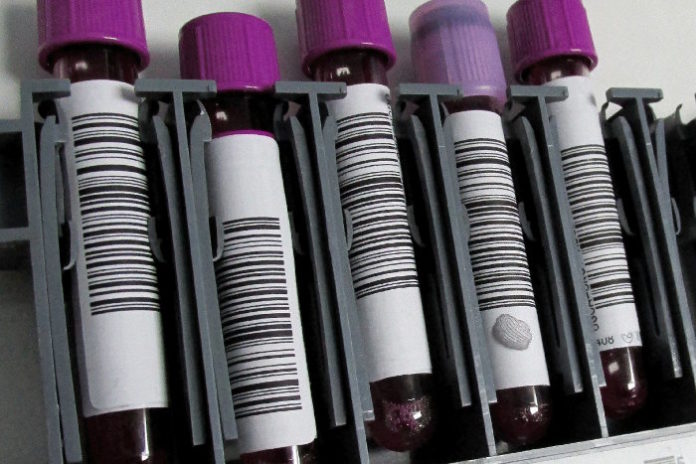In collaboration with the Society for Hematopathology and the European Association for Haematopathology, the World Health Organization (WHO) published the third and fourth editions of the WHO Classification of Tumours of Haematopoietic and Lymphoid Tissues, in 2001 and 2008, respectively, as part of a series of WHO Classification of Tumours “blue book” monographs. In the spring of 2014, a clinical advisory committee (CAC) composed of ∼100 pathologists, hematologists, oncologists, and geneticists from around the world convened to propose revisions to the fourth edition of the classification. The revision of the fourth edition follows the philosophy of the third and fourth editions to incorporate clinical features, morphology, immunophenotyping, cytogenetics, and molecular genetics to define disease entities of clinical significance. The fourth edition of the classification of hematopoietic and lymphoid tissues was the second volume of the WHO “blue book” tumor series, and the series publication is still in progress. A fifth edition series cannot begin until the fourth edition series is completed; but after 8 years of information and experience that have emerged from scientific and clinical studies, a revision of these criteria for hematopoietic and lymphoid neoplasms was felt to be necessary and timely. In relation to myeloid neoplasms and acute leukemia, this revision has been influenced by several factors including the following:
-
The discovery of recently identified molecular features has yielded new perspectives regarding diagnostic and prognostic markers that provide novel insights for the understanding of the pathobiology of these disorders.
-
Improved characterization and standardization of morphological features aiding in the differentiation of disease groups, particularly of the BCR-ABL1−myeloproliferative neoplasms (MPNs), has increased the reliability and reproducibility of diagnoses.
-
A number of clinical-pathological studies have now validated the WHO postulate of an integrated approach that includes hematologic, morphologic, cytogenetic, and molecular genetic findings.
For these reasons, the fourth edition is being updated, but this 2016 classification is not a major overhaul of the disease categories. Rather, it is intended to incorporate new knowledge of these disorders obtained since the 2008 publication and is a revision of that classification. The purpose of this report is to summarize the major changes in the revised WHO classification of myeloid neoplasms and acute leukemia and to provide the rationale for those changes.











